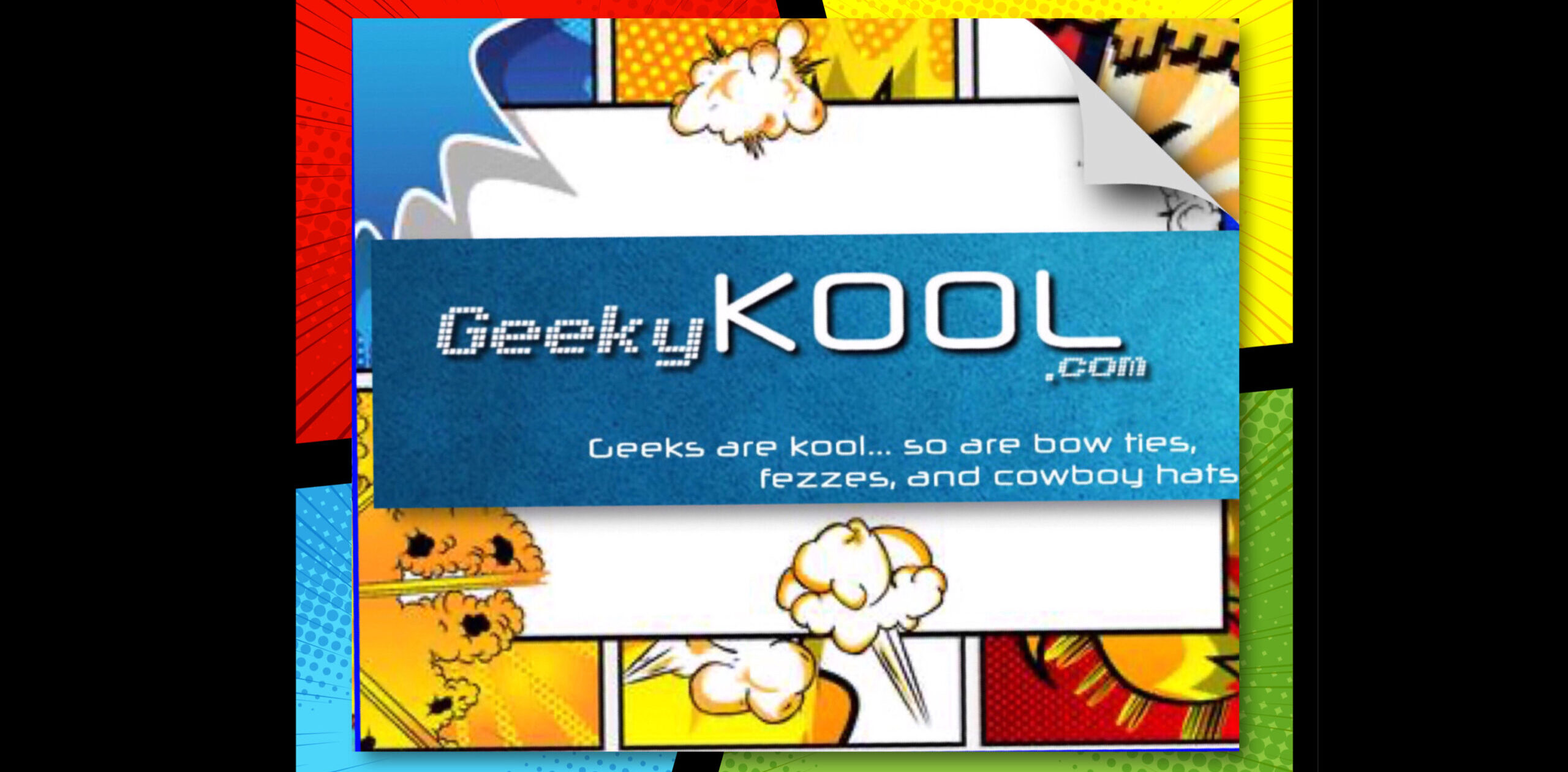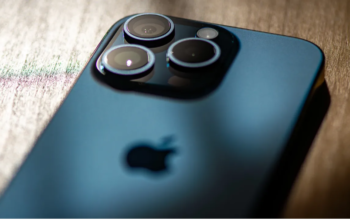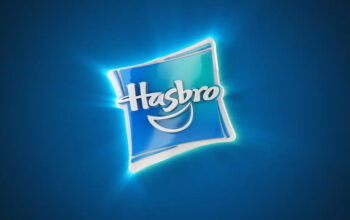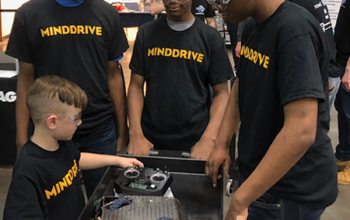Science continues to amaze me. DNA now can be used for storing data in high quality and quantity of data. DNA runs through all life and is plentiful. Currently this can only be used for long term storage and it takes a a couple of weeks to extract but it continues to grow in leaps and bounds. (Via Fox News)
The technology is not there today but I can imagine a day where we will be able to use the DNA in our hair to store all of our music and documents. Maybe we will have the Library of Congress sequenced in our big toes. What if movies are encoded into my eyes and I could access them just by thinking about them. All of these are science fiction at this moment. But 10 years ago, it was science fiction to use DNA for information storage.
Researchers reported Wednesday that they had stored all 154 Shakespeare sonnets, a photo, a scientific paper, and a 26-second sound clip from Martin Luther King Jr.’s “I Have a Dream” speech. That all fit in a barely visible bit of DNA in a test tube.
The process involved converting the ones and zeroes of digital information into the four-letter alphabet of DNA code. That code was used to create strands of synthetic DNA. Then machines “read” the DNA molecules and recovered the encoded information. That reading process took two weeks, but technological advances are driving that time down, said Ewan Birney of the European Bioinformatics Institute in Hinxton, England. He’s an author of a report published online by the journal Nature.
DNA could be useful for keeping huge amounts of information that must be kept for a long time but not retrieved very often, the researchers said. Storing the DNA would be relatively simple, they said: Just put it in a cold, dry and dark place and leave it alone.
The technology might work in the near term for large archives that have to be kept safe for centuries, like national historical records or huge library holdings, said study co-author Nick Goldman of the institute. Maybe in a decade it could become feasible for consumers to store information they want to have around in 50 years, like wedding photos or videos for future grandchildren, Goldman said in an email.
The researchers said they have no intention of putting storage DNA into a living thing, and that it couldn’t accidentally become part of the genetic machinery of a living thing because of its coding scheme. (Fox News)
Read more:




